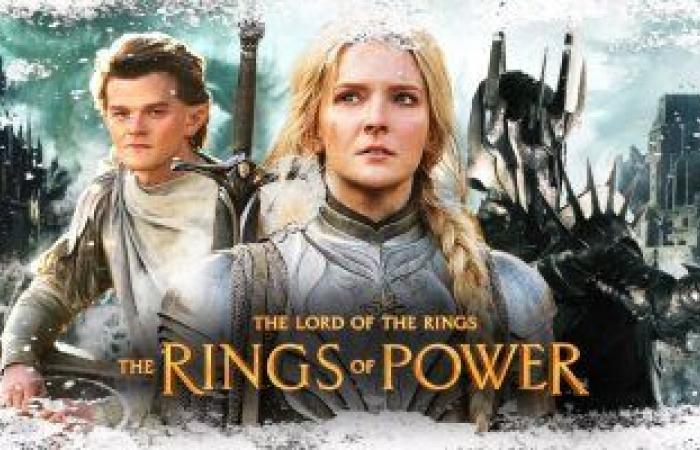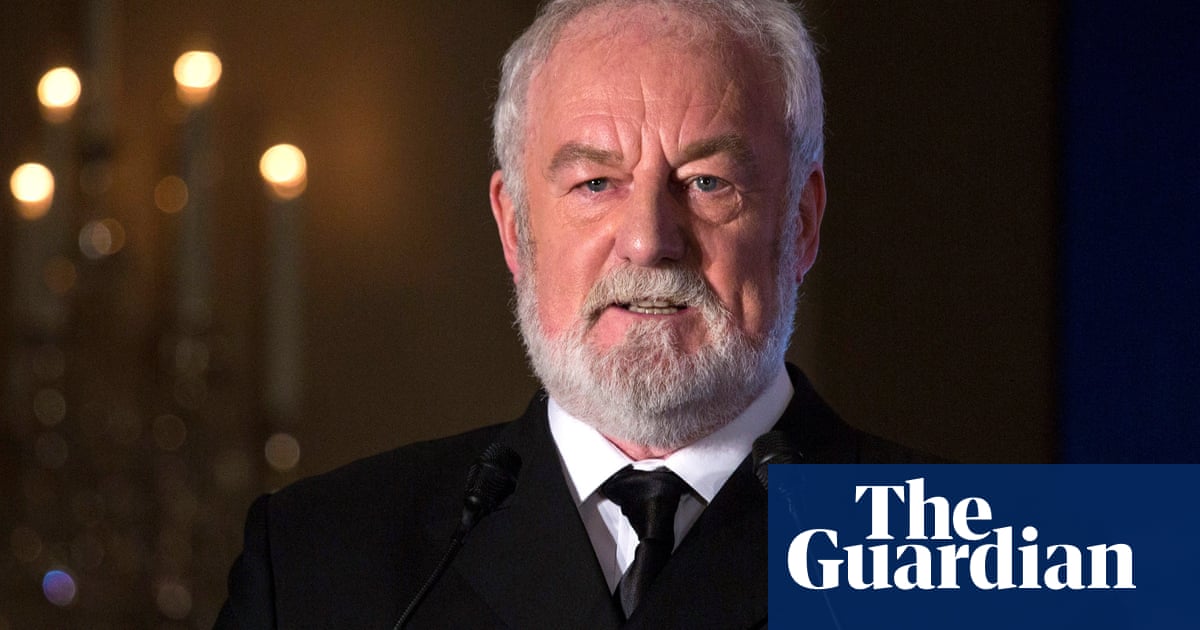
eople used to say that The Lord of the Rings was unfilmable. The scale of Tolkien’s books, the sprawl of them, their unyielding density, made it almost impossible to compress them into a more simplistic form for the screen. Of course, Peter Jackson proved this theory wrong in 2001. But now it turns out that Leningrad Television proved it wrong a full decade earlier.
This weekend without warning, a Russian television channel uploaded Khraniteli, a 1991 adaptation of The Fellowship of the Ring, to its YouTube channel. Despite not speaking Russian, I have now watched all two hours of Khraniteli, and it isn’t an exaggeration to say that it’s now my favourite Lord of the Rings story made in any medium ever.
To be clear, I did not understand a single thing that happened over the two-hour running time. Even though I have read the book and seen the film, Khraniteli unfolds in such ramshackle fashion that I was lost from the very first scene. That scene, if you’re wondering, is the one where some hobbits stand around in what appears to be a decommissioned children’s television studio and have what can only be described as an LSD freak-out. A very specific LSD freak-out too, I might add. It’s the sort of LSD freak-out you saw on after-school public information films in the 1980s, a gauzy-framed affair where characters dance on the spot while cycling through the full spectrum of human emotions at top speed to the sound of Soviet folk-prog. It is enormously disconcerting to watch. It is, I suspect, what Helen Hunt saw in her mind that time she took crystal meth and flung herself out of a window.
The overwhelming shonkiness is what jumps out at you initially. Khraniteli was clearly made on no budget whatsoever. The costumes are poor, the special effects largely consist of people just wobbling around, and the One Ring (which on occasion appears to be a slice of toilet roll with some gold foil wrapped around it) makes a sound like you’ve just lost a life on a badly received Atari 2600 game whenever anyone puts it on. There is a narrator, too – presumably JRR Tolkien himself – who starts narrating in a traditional sense, only to abandon the role in favour of just puffing on a pipe in a series of unexplained, but wordlessly disapproving, cutaway shots. And then there’s Gollum who, and there’s really no other way to describe this, is a man with some cabbage on his head.
And yet, once you manage to tune in to Khraniteli’s weird frequency, it quickly becomes very charming and quite beautiful. There are very limited exterior shots here, but they all make full use of the brutal Russian winter. The sequences featuring the Ringwraiths are astonishing, gorgeous little dusk-shot beauties that are so well realised that you wished the production had the money to film more of the story like this.
But in the end, the limitations are exactly what you’ll come to enjoy about Khraniteli. The Peter Jackson Lord of the Rings films may deliver more spectacle, but there’s a sense of atmosphere here that he was never able to match. In the best way, this is a deeply grubby adaptation. Every overlong and interchangeable banquet scene. Every dimly lit set. Every badly applied eyebrow. Every audible background rustle or VHS camera wobble. Every actor who, regardless of age or character, seems to be about 55 years old. It all builds and builds into something that, however intentionally, ends up being pretty spooky to watch. You can almost smell it. I mean that as a positive.
Nobody had to make Khraniteli. They didn’t have the money or the means or the technology to do The Lord of the Rings justice. And yet, simply by force of spirit alone, it’s unforgettable. I’m never going to watch it again, because I’m not an animal, but I’m glad I watched it once.












